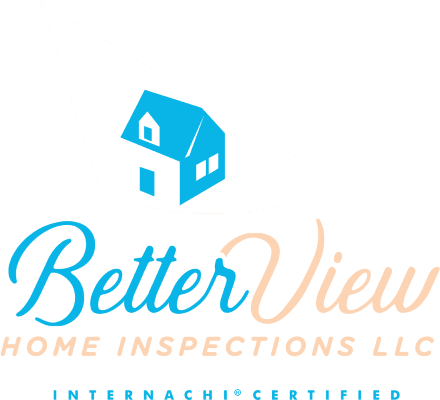A home inspection is akin to a thorough health check-up for your future residence. It’s a crucial step in the home buying process, providing a comprehensive overview of a property’s condition. While each inspection is unique, certain issues tend to surface frequently, shedding light on potential areas that might need attention or repair.
1. Roofing Problems:
Leaks and Water Damage: Cracked or missing shingles, worn-out flashing, or inadequate sealing can lead to water infiltration.
Poor Installation: Improperly installed or aged roofing materials might result in structural vulnerabilities.
2. Electrical Concerns:
Outdated Wiring: Old or faulty wiring systems can pose fire hazards or cause electrical failures.
Overloaded Circuits: Inadequate electrical capacity to support modern appliances can lead to tripped breakers or electrical issues.
3. Plumbing Issues:
Leaks and Water Damage: Dripping faucets, damaged pipes, or faulty fixtures can lead to water damage and mold growth.
Poor Drainage: Inadequate drainage systems or clogged pipes can cause backups and flooding.
4. Structural Complications:
Foundation Problems: Cracks, shifts, or settlement issues in the foundation can indicate structural instability.
Sagging Floors or Walls: Weak support beams or improper construction may result in uneven or sagging floors.
5. HVAC System Failures:
Inadequate Maintenance: Lack of regular upkeep can lead to system failures, reduced efficiency, or air quality issues.
Aging Systems: Older heating or cooling units might be inefficient or near the end of their lifespan.
6. Moisture and Mold:
Water Intrusion: Leaks from roofs, windows, or plumbing can create conditions ideal for mold growth.
Poor Ventilation: Inadequate ventilation in bathrooms or crawl spaces can lead to moisture accumulation.
7. Insulation and Energy Efficiency:
Inadequate Insulation: Improper insulation can result in energy inefficiency and higher utility bills.
Air Leaks: Drafty windows, doors, or poorly sealed areas can impact the home’s energy efficiency.
8. Exterior Concerns:
Siding Issues: Damaged or improperly installed siding can allow moisture penetration or pest infestation.
Gutter Problems: Clogged or damaged gutters might cause water to accumulate near the foundation.
9. Safety Hazards:
Presence of Asbestos or Lead: Older homes might contain hazardous materials requiring professional removal.
Carbon Monoxide or Radon: Undetected gases can pose serious health risks if not properly addressed.
10. General Maintenance:
Deferred Upkeep: Lack of regular maintenance, such as peeling paint or neglected repairs, can signal larger issues.
Understanding these common issues allows buyers to anticipate potential challenges and negotiate repairs or adjustments with sellers. It’s crucial to consult with a qualified inspector and, if necessary, specialists for further evaluation in specific areas. While no home is perfect, an inspection report arms buyers with the information needed to make informed decisions and maintain the health and integrity of their new investment.

